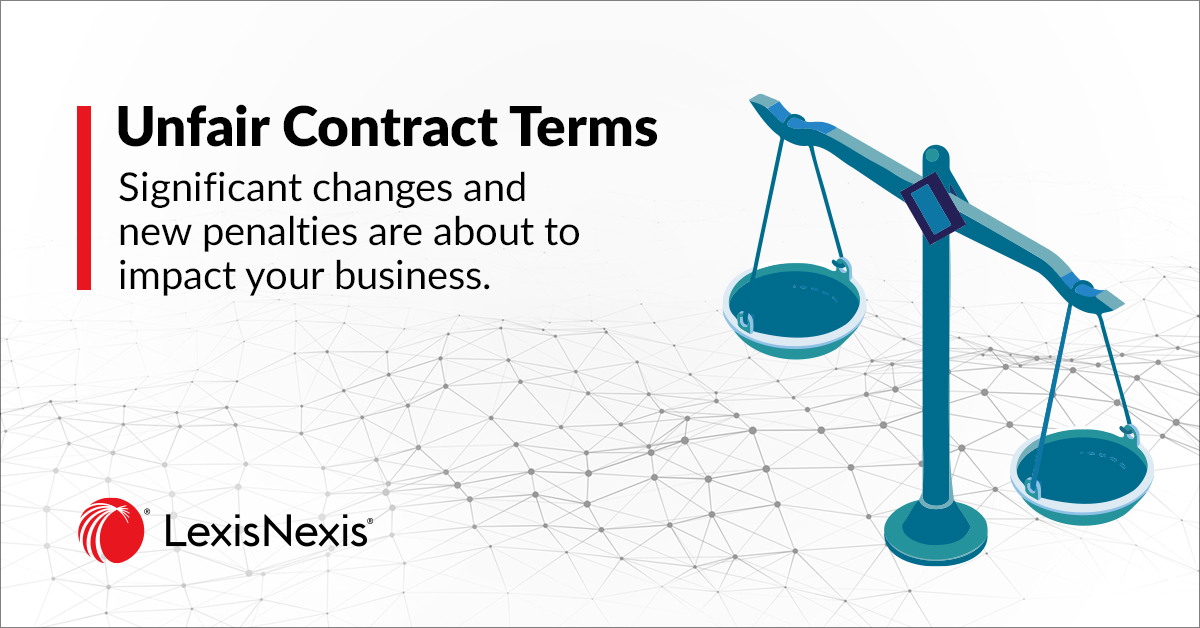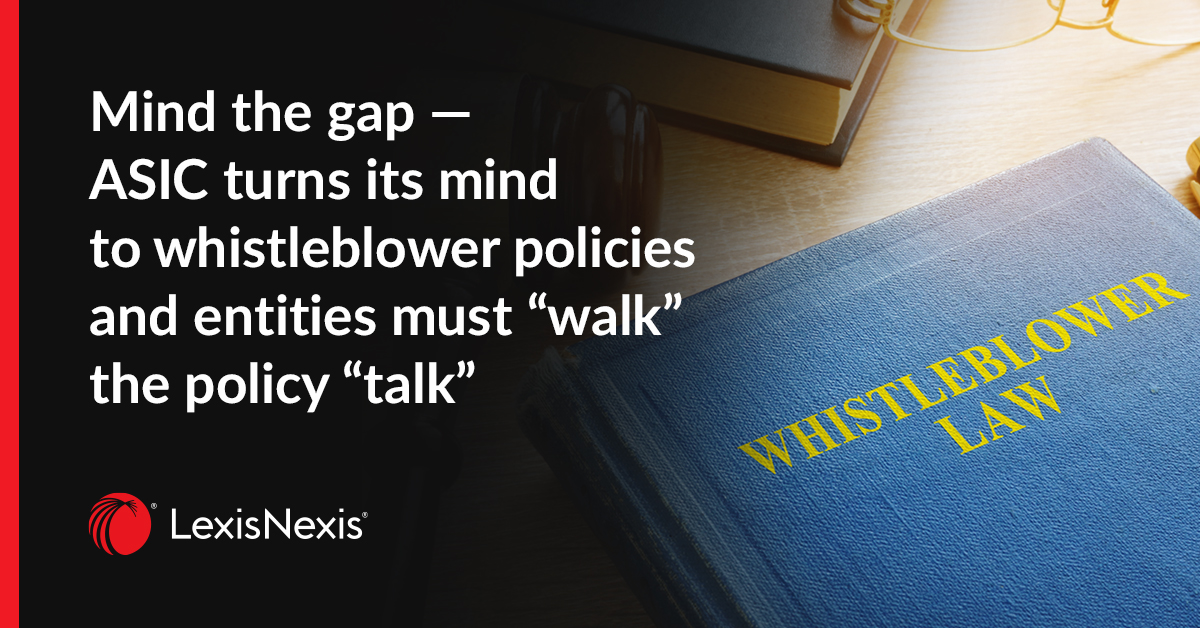
Legal drafting and the promise of technology
04 July 2022 07:00
Drafting is essential but can be tedious, time consuming and error prone. How can technology help?
Good legal drafting is a key skill for many legal professionals, and one that is ordinarily learned in the workplace from matter to matter rather than in formal education. For transactional or front-end lawyers in particular, negotiating, drafting, reviewing and executing contracts are the work of an average day in the office (or at the WFH desk!). However, most lawyers will come across transactional or other forms of legal drafting from time to time in their practice.
In any given firm or organisation, an infrastructure of precedents, clause banks, formal and informal guidance, and technical solutions evolves to bolster the ability of drafters to craft the wording that is best suited to the circumstances of their matter and their clients’ legal and commercial goals.
Still, drafting can be one of the more complex areas of legal practice to manage: significant investment is required to maintain an up-to-date precedents database or clause bank; training and monitoring are essential to ensure that firm staff are using approved content; and formatting and version control are perennial pain points. In relation to more bespoke contractual arrangements, it can be a challenge to find examples of suitable wording.
As in all areas of practice, there is the problem of how to do more with less: in other words, how can the inefficiencies involved in drafting be removed to the greatest extent possible, without compromising quality? What do optimally efficient drafting practices look like in circumstances that demand creativity, fine judgments about the allocation of risk, and back and forth negotiation with counterparties? The answer to this question might be quite different in relation to high-volume documents with little variance.
In all cases, the choice of clause wording can have significant ramifications for the client and the lawyer’s own practice. How can clause-specific guidance and know-how be built into drafting systems and processes in order to reduce these inherent risks?
Legal expertise applied to the unique circumstances of the matter will always be the guiding factor in drafting decisions. However, technical solutions have the potential to facilitate the making of drafting decisions and optimise the drafting process by automating key steps or reducing double handling and time-consuming manual effort.
The use of information technology to assist with legal drafting is not a new proposition. In 1982, Charles S. Saxon predicted in his article ‘Computer-Aided Drafting of Legal Documents’ that, “Computers will free lawyers from many of the burdensome activities that they now engage in and will reduce the likelihood of errors…” Saxon hypothesised a theoretical model of a computerised drafting system in which expert drafters would prepare template documents, those template documents would be programmed, and a document generated according to inputs provided by the end user.
Now, technology impacts each stage in the drafting process, with the ecosystem of technical solutions ranging from the fundamentals (like Microsoft Word with its comment and track changes functionalities), to document management and document assembly, and increasingly to advanced artificial intelligence/machine learning (AI/ML) capabilities.
Particular drafting use cases and steps in the legal drafting workflow have historically been better catered for by existing legal technology than others. You may be quite familiar with document automation or document assembly solutions that take data from a repository (like a practice management system) and populate fields in a form or other document with the relevant data. Similarly, document management systems incorporating version control, audit trail and advanced information retrieval capabilities are in common usage in firms.
Advances in technology are now making more sophisticated solutions possible, including benchmarking of clauses against market standard language, AI/ML-assisted review of contract repositories, and flagging of risky wording in negotiations. In large part, these solutions rely on algorithms trained on a corpus of pre-existing contract data.
Forty years on from Saxon’s article, the promise of technology to reduce risk and manual effort in legal drafting is still coming to fruition. As in all areas of technology, the development process is an iterative one that results in cumulative improvements over time as lawyers use the solution, give feedback, and that feedback is incorporated into product development decisions.
LexisNexis® has invested significantly in developing AI-based legal solutions to meet the drafting needs of legal professionals with the release of Lexis® Create and Lexis® Clause Intelligence. Lexis Create streamlines the drafting workflow, allowing lawyers to draft, proofread, check citations, redact and save clause snippets, all while remaining in the Microsoft Word environment. Lexis Clause Intelligence - available both within Lexis Create and in a lightweight, browser-based format - leverages AI methods to surface relevant clauses from the comprehensive Australian Encyclopaedia of Forms.
Experience the power of AI-powered LexisNexis solutions, making legal drafting easy, simple and more efficient! For more information, sign up for a free demo or talk to your Relationship Manager.
 | Authored by Claire Linwood Claire is the Product Manager at LexisNexis for Lexis Clause Intelligence. |
Latest Articles
-
 3 tips for banking and finance lawyers when responding to an ASIC enquiry, and how to avoid misleading or deceptive conduct.
3 tips for banking and finance lawyers when responding to an ASIC enquiry, and how to avoid misleading or deceptive conduct. -
 Significant increases to competition and consumer law penalties have commenced and sweeping reforms to the unfair contract terms regime will follow in 12 months’ time.
Significant increases to competition and consumer law penalties have commenced and sweeping reforms to the unfair contract terms regime will follow in 12 months’ time. -
 The Australian Securities and Investments Commission (ASIC) is calling on Australian CEOs, from public companies, large proprietary companies and corporate superannuation trustees to review their whistleblower policies and processes to ensure compliance with private sector whistleblower laws.
The Australian Securities and Investments Commission (ASIC) is calling on Australian CEOs, from public companies, large proprietary companies and corporate superannuation trustees to review their whistleblower policies and processes to ensure compliance with private sector whistleblower laws.
Practical Guidance
Your one-stop solution for accurate legal answers from Australian legal experts. Tools, practically focused guidance notes, checklists, precedents, and training materials support and streamline your legal workflow.
LEARN MORE LexisNexis
LexisNexis